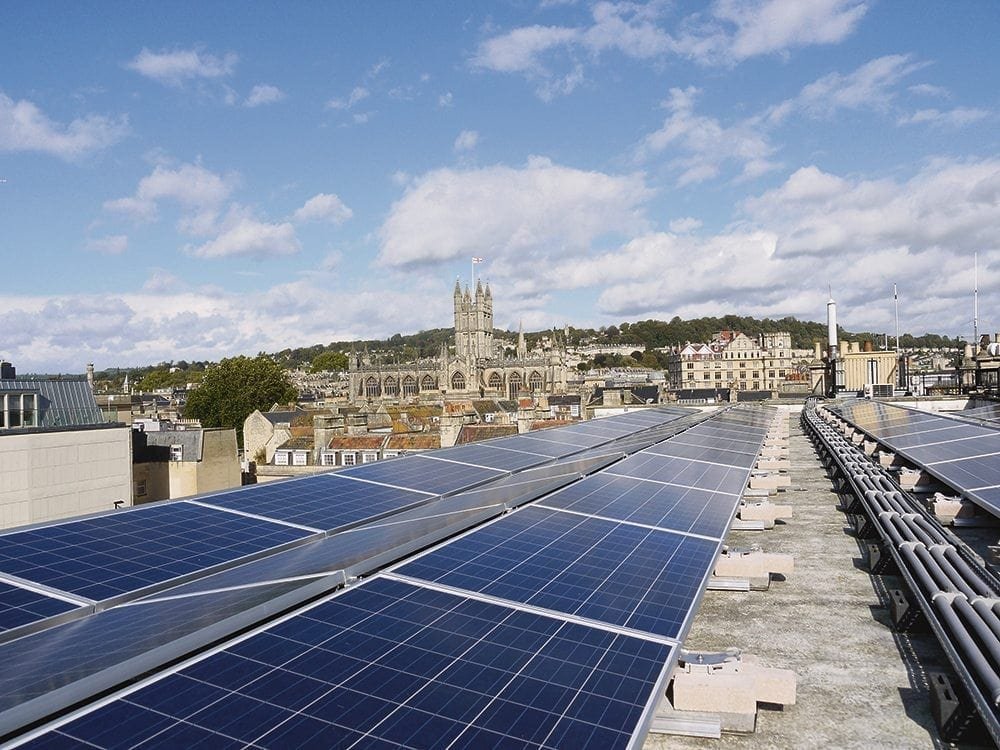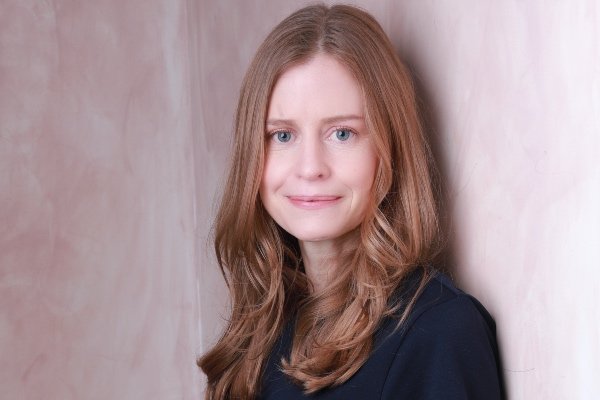It sounds like a no-brainer: generate electricity where it’s needed and stimulate the local economy at the same time.
‘The simplicity of the proposition attracted me to the community energy sector’, explains Jan-Willem Bode, managing director of Mongoose Energy. ‘Generate renewable energy in the community and finance from the community – and deliver clean, cheaper electricity to the community, with additional profits going back into the community.’
On top of that, shares in community energy projects can offer a solid investment opportunity: you can expect a reasonable rate of return while directly supporting the decarbonisation of the energy supply. Did I mention that it sounds like a no-brainer?
Change afoot for renewables
 Recently proposed changes to the support of renewable energy projects have created a degree of uncertainty regarding how new community energy projects will move forward – but this doesn’t apply to existing projects or those pre-accredited before 30 June 2015.
Recently proposed changes to the support of renewable energy projects have created a degree of uncertainty regarding how new community energy projects will move forward – but this doesn’t apply to existing projects or those pre-accredited before 30 June 2015.
‘While this uncertainty doesn’t help, the majority of our investors are looking for a long term investment’, Jan-Willem told us. ‘They see the returns – both environmental and financial – that we will generate, and realise the impact that our industry will have over time.’
Working with, and on behalf of, communities across the UK, Mongoose Energy acquires and develops renewable energy projects, moving them into community ownership with the intention of selling the energy generated directly to customers who live nearby.
The company acquires solar, wind, hydro and anaerobic digestion projects ranging from rooftops that generate tens of kilowatts to 5MW solar arrays. Jan-Willem would even ‘love to get involved in getting offshore wind farms into community ownership!’. If DECC’s proposals are creating any nervousness in the community energy market, Jan-Willem’s not feeling it.
New opportunities
Mongoose Energy only properly launched in April 2015, but it already has close to 100MW of renewable energy projects in the pipeline – each of which will provide a new investment opportunity for the public. The intention is for all projects to be financed and built before the end of the financial year. The company is looking to fund another 10-15 community solar projects over the next nine months.
For Mongoose the uncertainty in the market may very well lead to more opportunities. ‘We will have more possibilities to acquire existing sites – uncertainty in a market always leads to consolidation – and take them into community ownership’, Jan-Willem explains. ‘It also means there will be a willing market for our energy supply offering.’
How it works
In a typical example of how community energy projects get started, Mongoose Energy would be approached by an organisation (either community or commercial) that has already ‘developed’ a project – meaning that it has planning permission, an accepted grid offer and, in the case of a ground-mounted solar farm, the rights to use the land.
‘We then purchase the rights to the project and register it with Ofgem as a community project’, Jan-Willem explains. The project must then be built and connected to the grid within the next 12 months. Community projects tend to take longer than commercial projects as a community fund raise must be organised – typically through a community share offer.
Mongoose Energy then works with the community around the project – or the group that suggested it – to get everything in place for the build to begin. It will simultaneously work with the various contractors who will build the project and liaise with the grid operator to ensure the connection and installation are completed on time.
Legal arrangements are then finalised – such as the lease of the land – and Mongoose Energy ensures all contracts are in place so that the money can be released and the building can start. From this point, the main task is to oversee the project build on behalf of the community and ensure that the project gets finalised and handed over when it’s all working properly.
‘We effectively support community groups with getting projects into community ownership’, Jan-Willem told us. ‘This means we’re not looking to own any projects ourselves. Instead re dedicated to getting these projects into community ownership by working with the community benefit societies – who, because of our cooperative structure, will also be members of Mongoose Energy.’
Funding and support
Smaller community energy projects are typically 100% funded by members of the community groups, while larger projects tend to be financed through a combination of equity and debt. The debt comes from banks – the 5MW community-owned Braydon Manor project got approximately 50% of its finance from Triodos Bank – while the equity is raised through crowdfunding. ‘Typically, over 70% of the equity raised comes from investors within the community that has been targeted’, Jan-Willem explains.
If Mongoose Energy’s offered the opportunity to acquire a project and bring it into community ownership, it’s part of the company’s initial due diligence process to see whether there’s sufficient community support and whether enough people are interested in becoming involved in the project. ‘Community-led projects are inherently better’, Jan-Willem told PQ. ‘But obviously, projects need to be viable as well: if it’s a wind project, it needs to be windy.
So it’s a combination of everything – community support and interest, technology and finance.’ Of course, opposition does exist – with one of the main arguments against a community energy project being that the technology required could be considered a ‘visual intrusion’ on the landscape. Still, opposition generally comes from a small minority – especially when people realise the business model and associated benefits for the community.
 Play Video about This Rock Might Just Save The World
Play Video about This Rock Might Just Save The World Play Video about Play 2 hours of rock
Play Video about Play 2 hours of rock Play Video about Play 2 hours of brook
Play Video about Play 2 hours of brook Play Video about Play 2 hours of sheep
Play Video about Play 2 hours of sheep


















 Recently proposed changes to the support of renewable energy projects have created a degree of uncertainty regarding how new community energy projects will move forward – but this doesn’t apply to existing projects or those pre-accredited before 30 June 2015.
Recently proposed changes to the support of renewable energy projects have created a degree of uncertainty regarding how new community energy projects will move forward – but this doesn’t apply to existing projects or those pre-accredited before 30 June 2015.
























